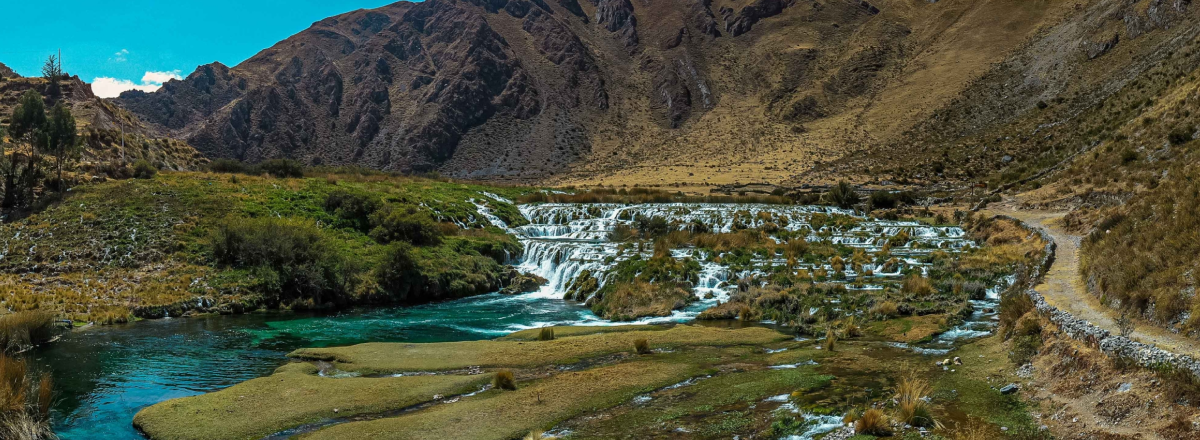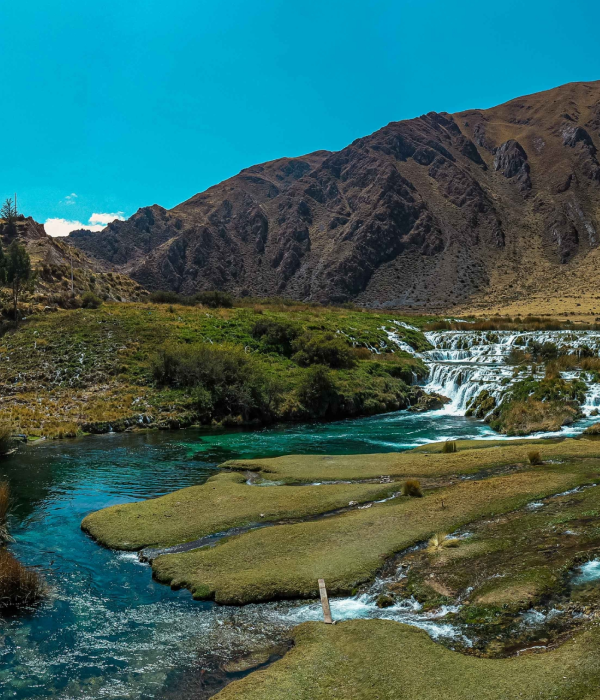News
20 Apr 2023
Earth Day: Learn about the effects of climate change in Peru


Lima, April 2023 - Climate change is a reality that affects the entire world and our country is no exception. Although Peru is responsible for only 0.3% of greenhouse gases, the effects of climate change generate a high vulnerability for our country because its growth depends mainly on its natural capital.
In this sense, for more than 50 years, Earth Day has been commemorated every April 22, with the aim of raising awareness about the impact of pollution on the planet, the importance of caring for biodiversity and the responsibility of humanity in caring for the planet. Given the relevance of the climate crisis we are living, Lorena Gaviño, assistant manager of sustainability of Celepsa, a company of the Unacem Group, shares some effects of climate change in our country:
- Exposure to natural disasters (floods, landslides and droughts): According to the World Bank Group, Peru is one of the countries most affected by the El Niño phenomenon, which is related to floods and droughts in the coast and highlands, and which generates significant losses in our economy. It is estimated that the 2017 El Niño Costero event alone damaged almost half of Peru's road network and produced economic losses of more than USD 3 billion.
- Effect on economic growth: according to a study conducted by the Central Reserve Bank on the economic effects of climate change in Peru, it is estimated that the increase of each degree of temperature will generate on average the loss of one percentage point of the per capita growth rate. The agricultural and fishing sectors are expected to concentrate the greatest impacts and by 2050 the loss of per capita income is expected to amount to 9%.
- Water scarcity: The melting of glaciers, which since 1970 has accounted for more than 40% of the glacier area, and changes in rainfall patterns significantly alter the frequency and severity of droughts, as well as the availability of water for use in agriculture, energy production and consumption. This situation may be aggravated by the fact that one third of the population depends on water from melting glaciers and that the World Bank Group estimates a significant reduction in water flow by 2030.
- Impact on economic development and household welfare: According to the World Bank Group, the poor population of our country is more exposed to high temperatures and flooding from rivers in urban areas. It is estimated that on average 9 million people are exposed to heavy rains, floods and landslides; 7 million to low and very low temperatures; and 3.5 million to droughts. The effects of Cyclone Yaku detected on the coast of our country have wreaked havoc in more than 480 districts, which have been declared in a State of Emergency by the Government.
While climate change is a latent threat to our country, it also represents an opportunity to promote productivity and poverty reduction. Therefore, it is necessary to formulate comprehensive climate policies that promote resilient and low-emission development. Likewise, all civil society actors must make a commitment to significantly reduce their greenhouse gas emissions and invest in solutions that reduce their vulnerability. "At Celepsa we are aware of the climate crisis we are experiencing and we have decided to be an agent of change that contributes to the decarbonization of the planet through sustainable energy solutions. We also seek to encourage all civil society actors to take action and generate an active movement to build together a sustainable Peru," said Lorena Gaviño, Celepsa's deputy manager of sustainability.
